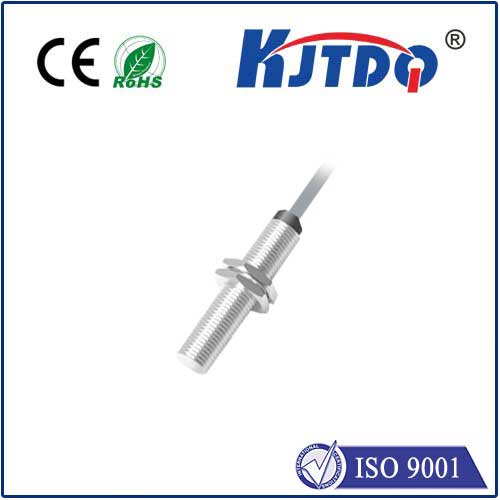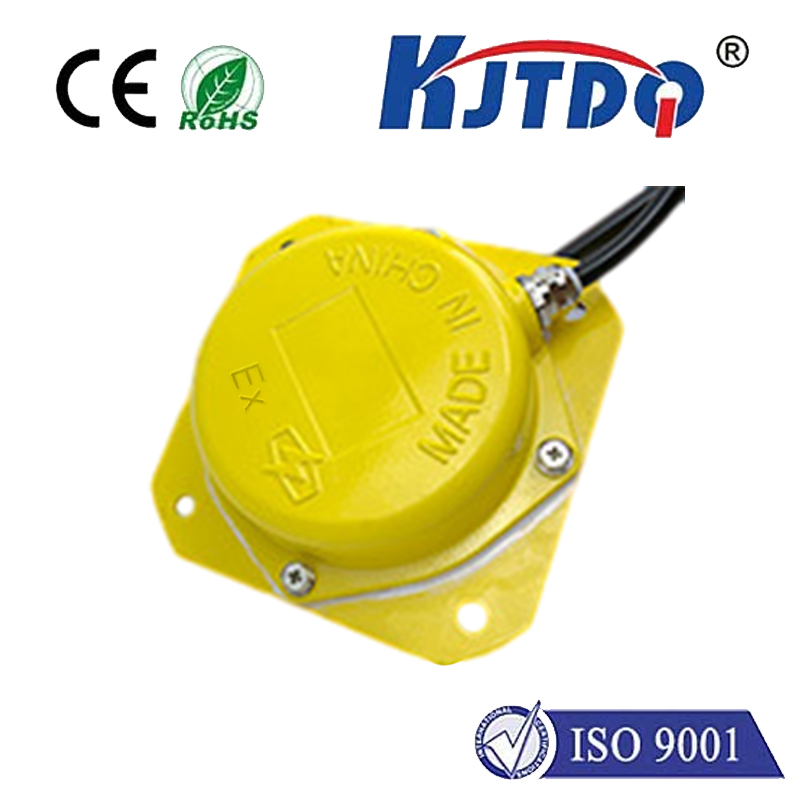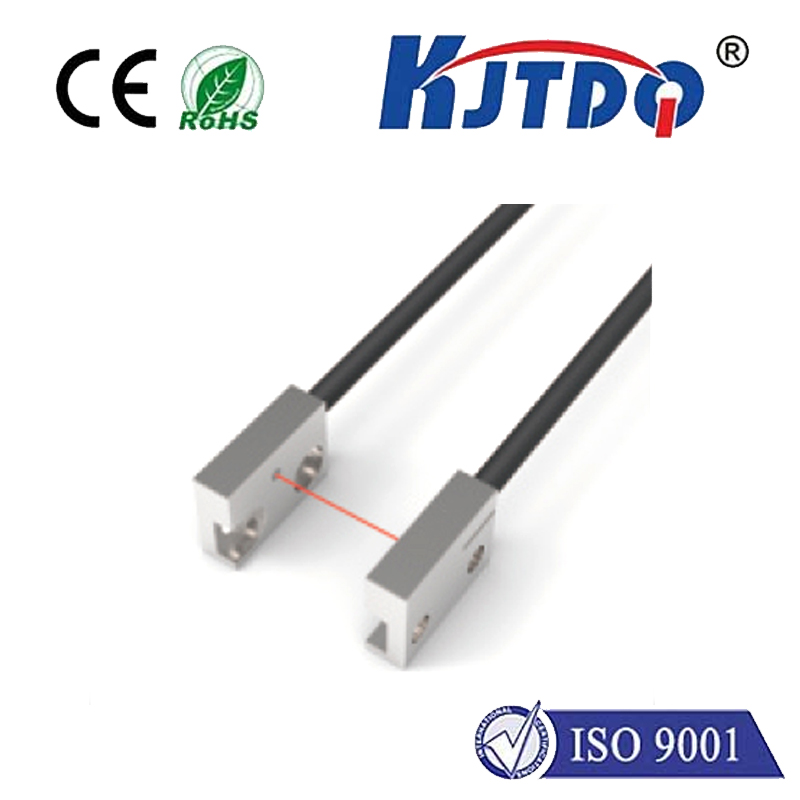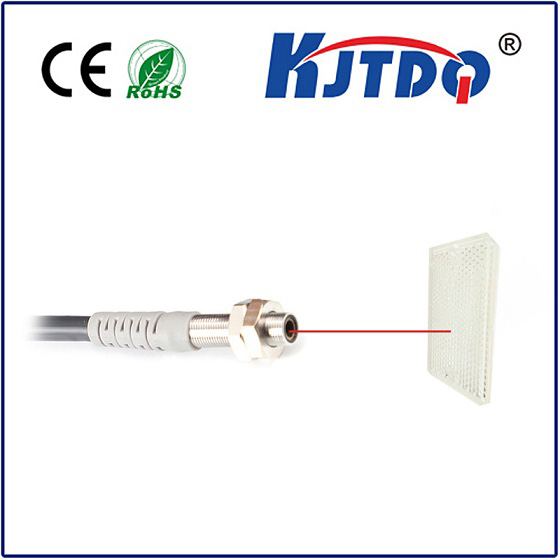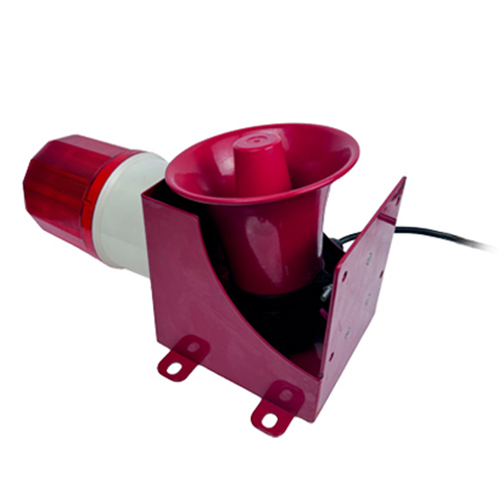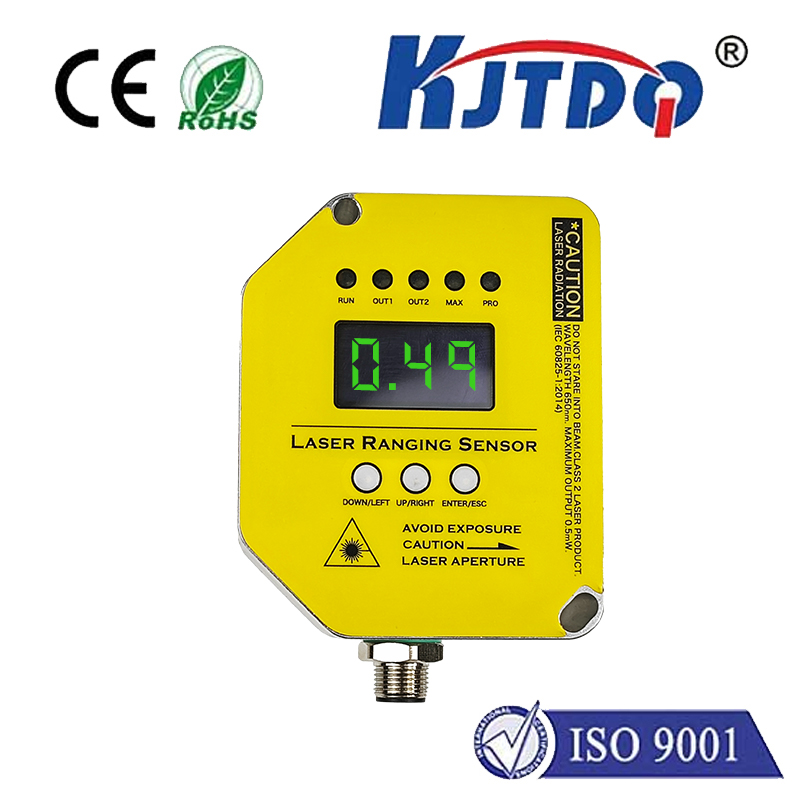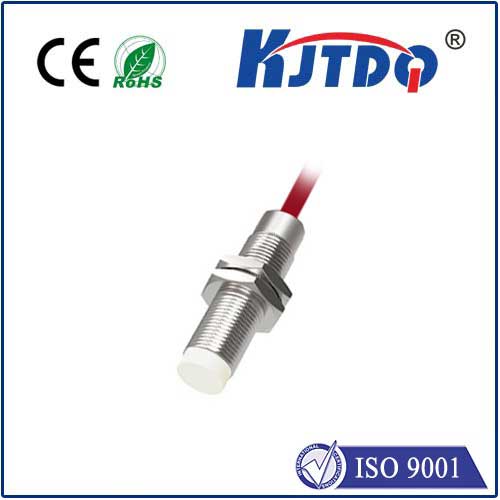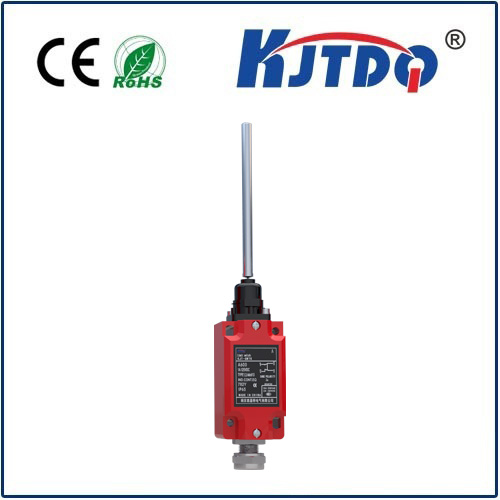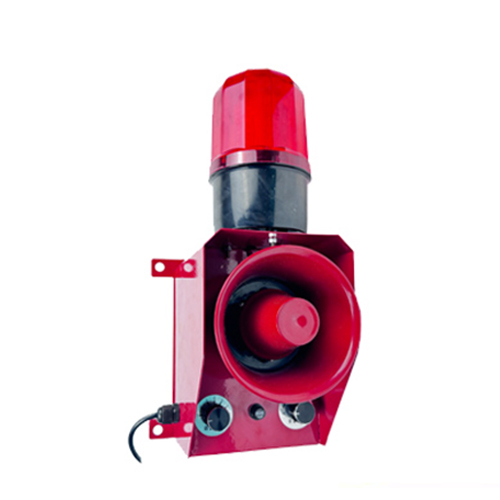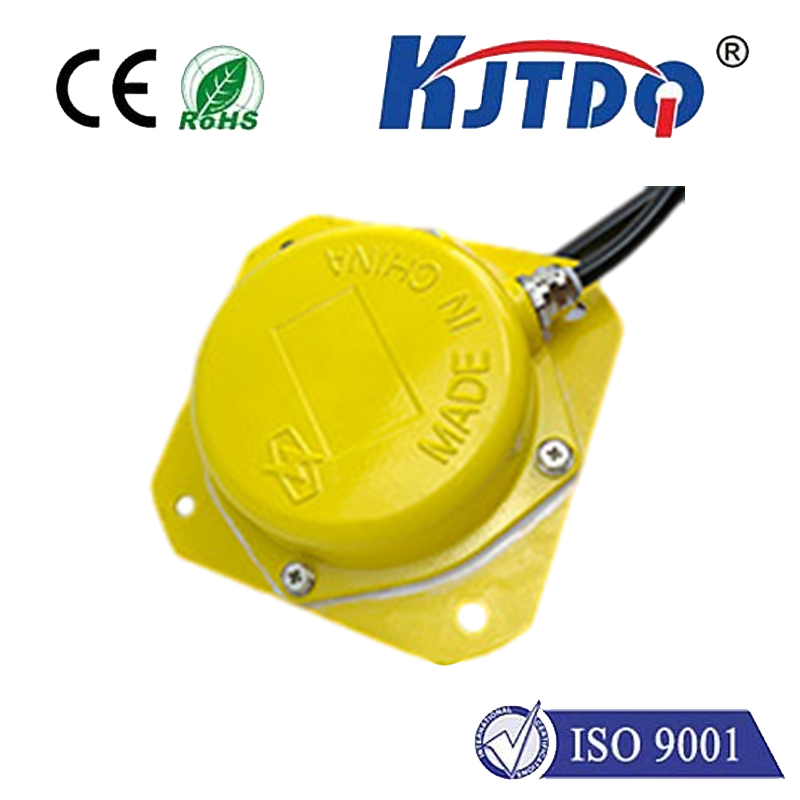Переключатель с гибким ограничением
- time:2025-08-08 00:05:11
- Нажмите:0
Soft Limit Switches: The Intelligent Safety Net for Modern Machinery
Imagine a high-precision robotic arm smoothly gliding towards its target, milliseconds away from completing a critical assembly task. Suddenly, without warning, it jolts violently, grinding to a halt against a physical barrier. The sickening crunch signifies costly damage: broken tools, mangled components, and potentially hours of unplanned downtime. This catastrophic scenario, often caused by unexpected overtravel, is precisely what soft limit switches are engineered to prevent, acting as an intelligent, programmable safety layer far beyond traditional mechanical stops.
While their name shares the word “limit,” soft limit switches represent a fundamentally different approach to machine safety than their hard switch counterparts. Hard limit switches are physical, electromechanical devices positioned at the absolute boundaries of an axis’s movement. When contacted, they instantly cut power or trigger an emergency stop (E-stop), acting as a last-resort barrier. Think of them as a solid wall. Bumping into it stops you, but the impact itself can be jarring and damaging.
Soft limit switches, in contrast, are purely software-driven concepts implemented within the machine’s controller. They define virtual boundaries within the physical travel range permitted by the hard limits. Before any physical contact occurs, the controller constantly monitors the axis position (via encoders, resolvers, or other feedback devices). When the machine approaches these predefined soft limits, the controller proactively initiates a controlled deceleration and stop. It’s like having an intelligent, invisible cushion that gently brings motion to a halt well before the hard stop is ever reached.
This proactive nature unlocks significant advantages:

- Reduced Mechanical Stress and Damage: The most direct benefit. By eliminating collisions with hard stops, soft limits preserve mechanical components – lead screws, ball screws, belts, bearings, and the limit switches themselves. This dramatically extends machine lifespan and reduces maintenance costs. Avoiding that jarring impact is crucial for high-precision equipment.
- Enhanced Process Consistency and Precision: Controlled deceleration ensures smooth halting precisely at the programmed point. This is vital for operations requiring high positional accuracy at the end of travel, preventing overshoot or bounce-back that could affect part quality or tool positioning. No more “bounce” throwing off your zero point!
- Improved Operational Safety: While hard limits remain the ultimate safety backup, soft limits add an earlier warning layer. Stopping smoothly before reaching a potential hazard zone (like another moving part or a fixture) provides an extra margin of safety for operators and the equipment. It’s an additional, intelligent safety checkpoint.
- Programmable Flexibility: Need to redefine the safe travel zone for a different tool, workpiece, or fixture setup? Soft limits are easily adjusted within the machine’s control software. There’s no need for technicians to physically reposition sensors or switches, saving significant time and enabling rapid changeovers. Adaptability is key in modern manufacturing.
- Seamless Integration with Homing: Soft limits are integral to modern homing sequences. The machine typically moves towards a home switch, but the soft limits define the safe search area for that switch, preventing runaway motion if the home switch is missed or faulty. They guide the “finding home” process safely.
How Do Soft Limit Switches Work? (The Invisible Shield)
The magic happens entirely within the CNC, PLC, robot, or motion controller’s programming:
- Programming: The machine builder or programmer defines the soft limit positions for each axis within the controller software. These values are stored parameters. For example, the X-axis soft positive limit might be set at +495mm, while the physical hard limit switch is at +500mm.
- Position Monitoring: Continuously, the controller reads the real-time position feedback from the axis encoder or linear scale.
- Comparison & Reaction: As the axis moves, the controller constantly compares its current position against the stored soft limit values.
- Approach Zone: When the axis position enters a predefined “approach” or “warning” zone near the soft limit (e.g., within 10mm), the controller may trigger warnings or begin a gentle speed reduction.
- Soft Limit Violation: If the axis position reaches the exact soft limit coordinate, the controller immediately commands a controlled deceleration (based on programmed profiles) to bring the axis to a stop smoothly.
- Hard Limit as Ultimate Backup: If an error occurs and the axis continues moving despite reaching the soft limit, the physical hard limit switch is still there to trigger an immediate E-stop at the absolute boundary.
Key Applications: Where Intelligence Meets Safety
- CNC Machining Centers & Lathes: Protecting expensive spindles, tool changers, and workpiece fixtures from collisions during rapid traverses or program errors. Essential for protecting delicate setups.
- Industrial Robots: Defining precise work envelopes within the robot’s maximum reach, preventing self-collision, collisions with peripheral equipment, or reaching into unsafe zones. Safeguards complex multi-axis movements.
- 3D Printers & Additive Manufacturing: Ensuring print heads stay within the build volume, preventing crashes into frame components or the build plate edges. Critical for unattended long prints.
- Linear Actuators & Gantry Systems: Providing precise endpoint control for pick-and-place, material handling, and automated testing equipment, reducing wear and tear. Vital for repetitive motion longevity.
- Packaging Machinery: Safeguarding complex movements in form-fill-seal machines, cartoners, and labelers. Prevents costly jams and component damage during high-speed operation.
Implementation Considerations:
- Accurate Homing/Referencing: Soft limits rely on the machine knowing its absolute position. Preciple homing procedures are non-negotiable. An incorrect home position renders soft limits ineffective or dangerous.
- Calibration & Commissioning: Proper setup and verification during machine commissioning are critical. Soft limit positions must be meticulously programmed relative to the machine’s actual physical travel and hard limits. Never skip this validation step.
- Controller Capability: Not all basic controllers support sophisticated soft limit functionality with configurable deceleration zones. Verify compatibility. Choosing the right control platform is foundational.
Beyond the Basics: The Future is Predictive (and Connected)
The evolution of soft limits is intertwined with Industry 4.0. Modern systems can leverage data:
- Adaptive Limits: Soft limits could theoretically adjust dynamically based on load, tool length, temperature variations, or predictive wear models. Intelligence evolves.
- Integration with IIoT: Soft limit status and near-miss events (entering the warning zone) can be monitored via Industrial Internet of Things platforms, feeding into predictive maintenance algorithms and operational analytics. Data transforms safety into insight.
- Smarter Error Recovery: Controllers could analyze why a soft limit was triggered (programming error, fixture shift?) and suggest safer recovery procedures, minimizing downtime. Context-aware problem solving.
The Unseen Guardian
Soft limit switches are a prime example of how intelligence is revolutionizing industrial safety. They operate silently in the background, constantly vigilant. By acting as a virtual, programmable barrier, they prevent the damaging jolts associated with hard stops, protect valuable equipment, enhance precision, and add a crucial layer of proactive safety. Implementing robust soft limit strategies, alongside reliable hard limits, is no longer a luxury—it’s a fundamental pillar of efficient, reliable, and safe modern machine design and operation. They are the sophisticated, invisible shield ensuring your machinery operates smoothly, precisely, and reliably within its intended boundaries.

